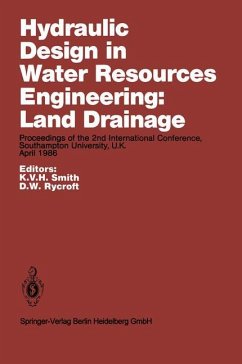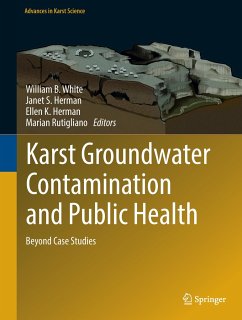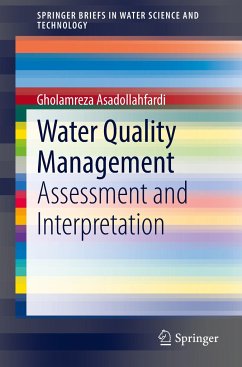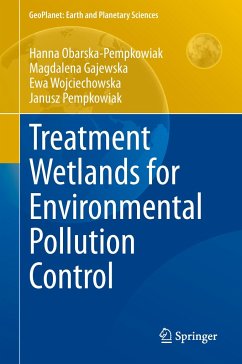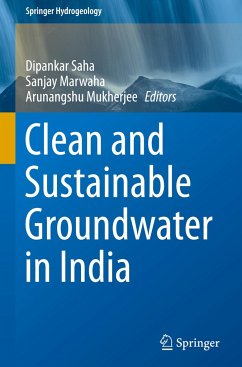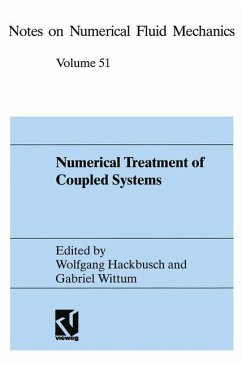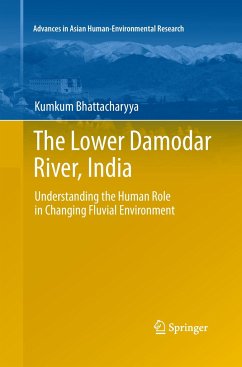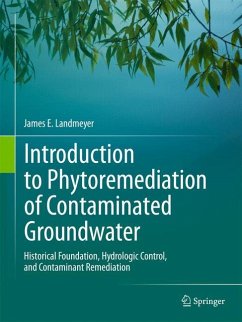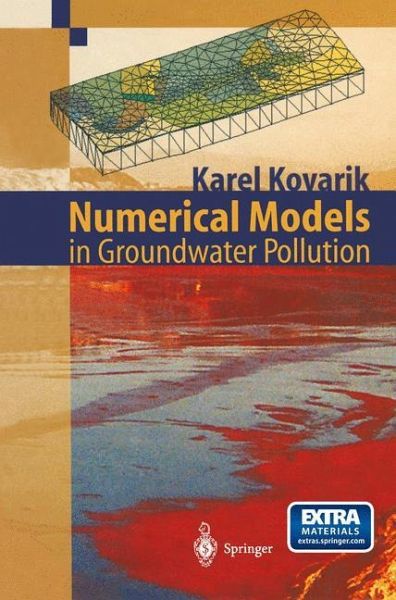
Numerical Models in Groundwater Pollution

PAYBACK Punkte
19 °P sammeln!
Mathematical models are the effective tool to solve different tasks predicting pollutant movement. The finite difference method is the oldest, but still remains widely used in hydrogeological practice. However, this method is not very useful to construct the new transport models because it cannot approximate the shape of remediation elements exactly. Therefore the book is concerned with the FEM (Finite Element Method) and BEM (Boundary Element Method), and also with the comparison of advantages of these methods in groundwater hydrology. The combination of the BEM and the random-walk particle t...
Mathematical models are the effective tool to solve different tasks predicting pollutant movement. The finite difference method is the oldest, but still remains widely used in hydrogeological practice. However, this method is not very useful to construct the new transport models because it cannot approximate the shape of remediation elements exactly. Therefore the book is concerned with the FEM (Finite Element Method) and BEM (Boundary Element Method), and also with the comparison of advantages of these methods in groundwater hydrology. The combination of the BEM and the random-walk particle tracking method, which seems to be a very useful tool to model the spread of pollution in groundwater, are also presented. The computer programmes have been developed on the basis of the theoretical backgrounds of these methods. They use the Visual C++ programming language for Windows 95/NT platform and will be included in the book.







